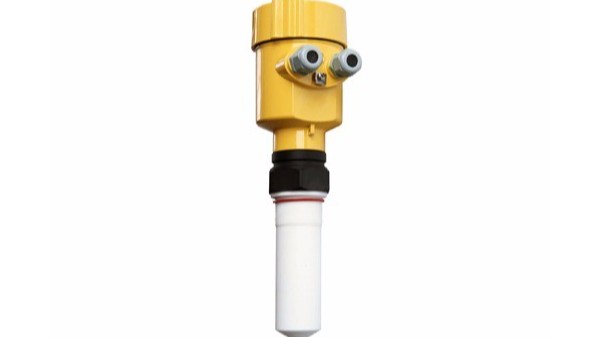A radar level meter is a measuring device commonly used in industry to accurately measure the level of material or the depth of a vessel. Radar level meters have various applications in different industries, including level measurement in storage tanks.
In this paper, we will focus on how radar level meters can be applied to fish feed storage tanks and illustrate their advantages and features through two actual measurement cases.

Fish feed storage tanks are common storage devices in the fish farming industry, and their main characteristics include large capacity, bulky size, and uneven feed density.
Knowing the exact amount of fish feed stored is especially important for farms with sensitive feed loss rates. Radar level meters have the following characteristics to meet this need.
First, radar level meters provide non-contact measurements.
A radar wave sends a signal to the material and receives a reflected signal to measure the level of the material or the depth of the container.
Compared with traditional contact measurement devices such as floats or measuring rods, radar level meters are able to measure without contacting the material, avoiding problems such as impurity contamination and equipment wear.
Secondly, the measurement range of the radar level meter is wide.
Fish feed storage tanks are generally larger in capacity, so there is a need for level measurement equipment that can cover the entire height of the tank. Radar level meters can meet this demand, have a large measuring range, and can be adapted to the height of different tanks.

Next, let’s look at two real-world examples that demonstrate the use of radar-level meters in fish feed storage tanks.
Case 1: A farm uses radar level meters to measure the storage capacity of fish feed. The farm’s fish feed storage tanks have a large capacity, and traditional measurement methods such as visual estimation or the use of measuring rods were previously used, but suffered from large errors and time-consuming problems.
With the introduction of the radar level meter, the operator can visualize the exact fish feed storage volume through the electronic display without the need to enter the tank for estimation.
This has greatly improved efficiency and accuracy.
Case 2: Another farm uses radar level meters to monitor fish feed flow in real-time. They installed the radar level meter on the feed delivery pipe and connected it to the feed supply system.
The radar level meter can measure the feed flow in real-time, helping the farm to understand the feed usage and adjust the supply quantity in time.
This not only avoids feed wastage but also ensures that the fish get enough food and improves farming efficiency.

Radar level meters offer many advantages and features in the measurement of fish feed storage tanks. Its non-contact measurement method, wide measurement range, and simplified workflow make it an ideal choice for fish feed tank measurement.
Through the demonstration of actual cases, we can see the practical application of radar level meters in farms, which provides more efficient and accurate feed management methods for farms.
